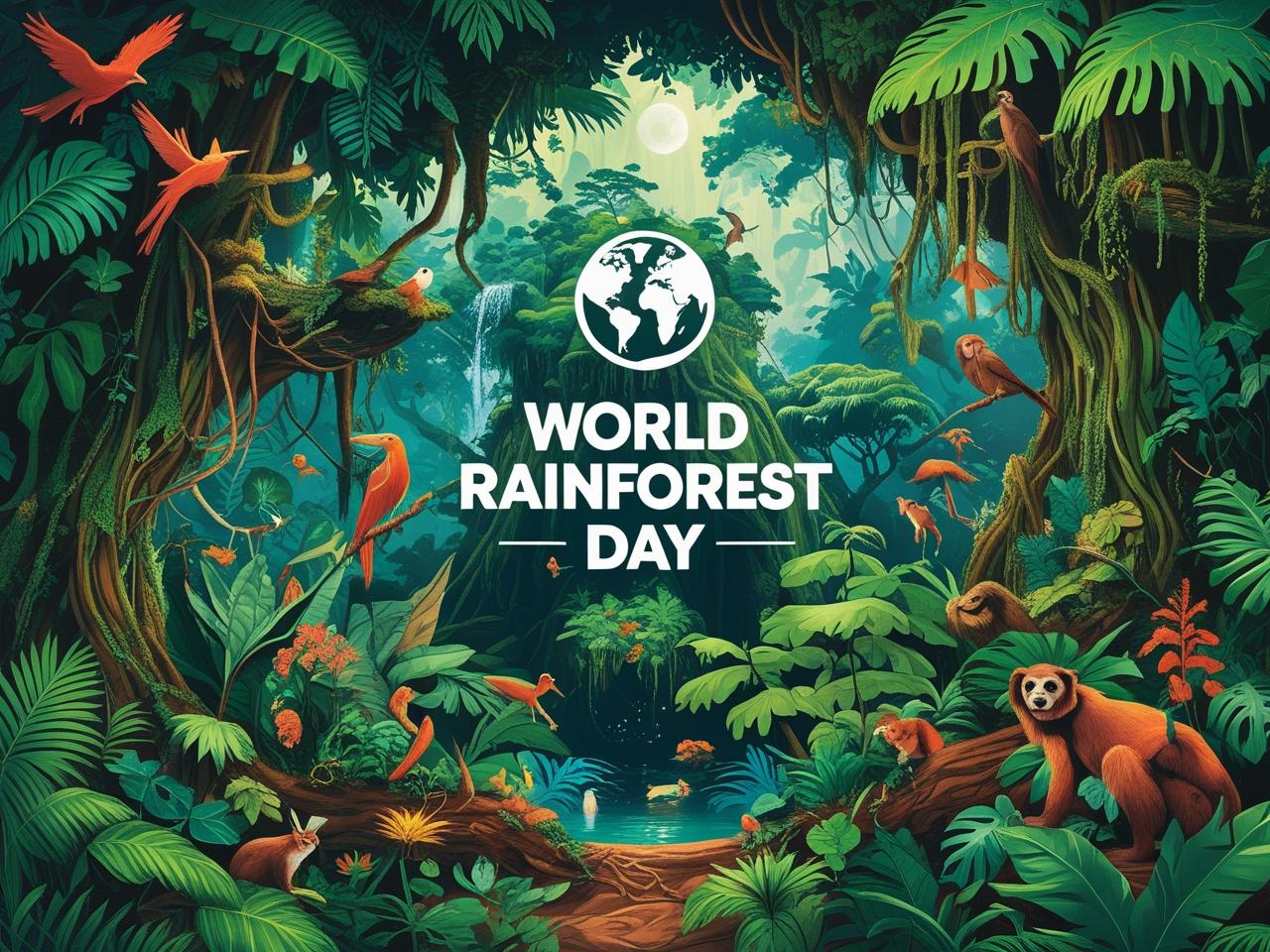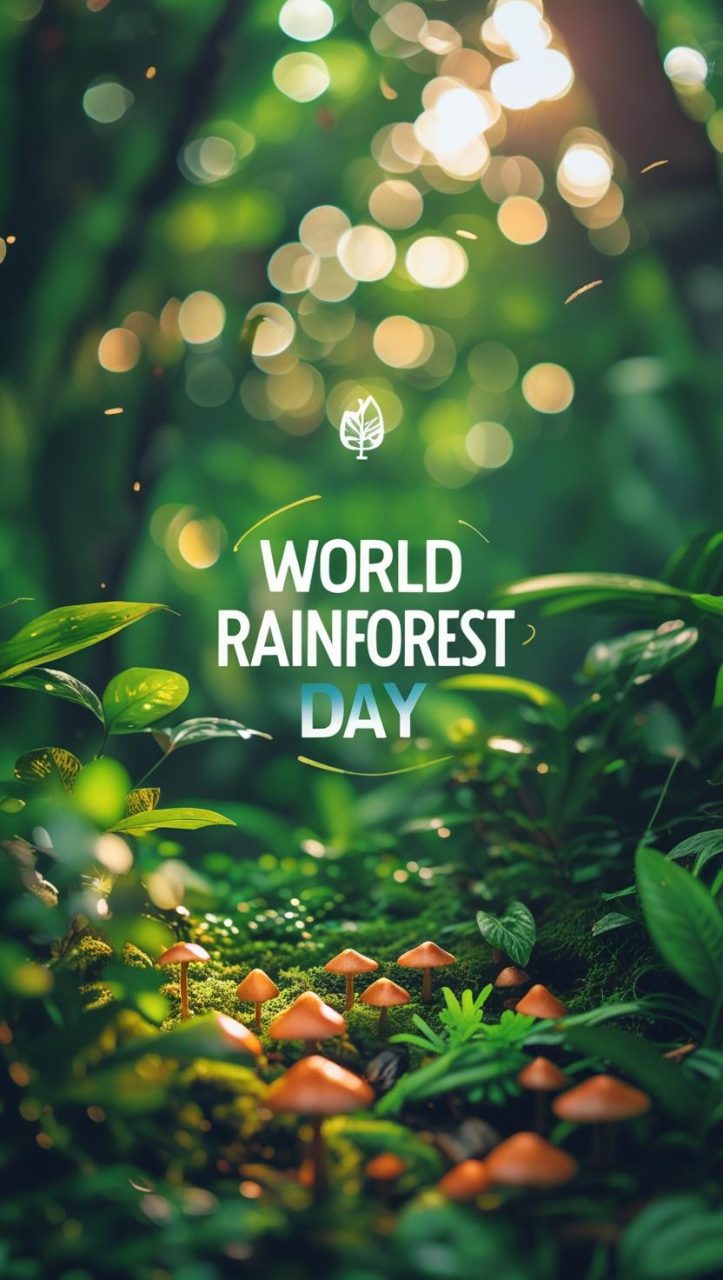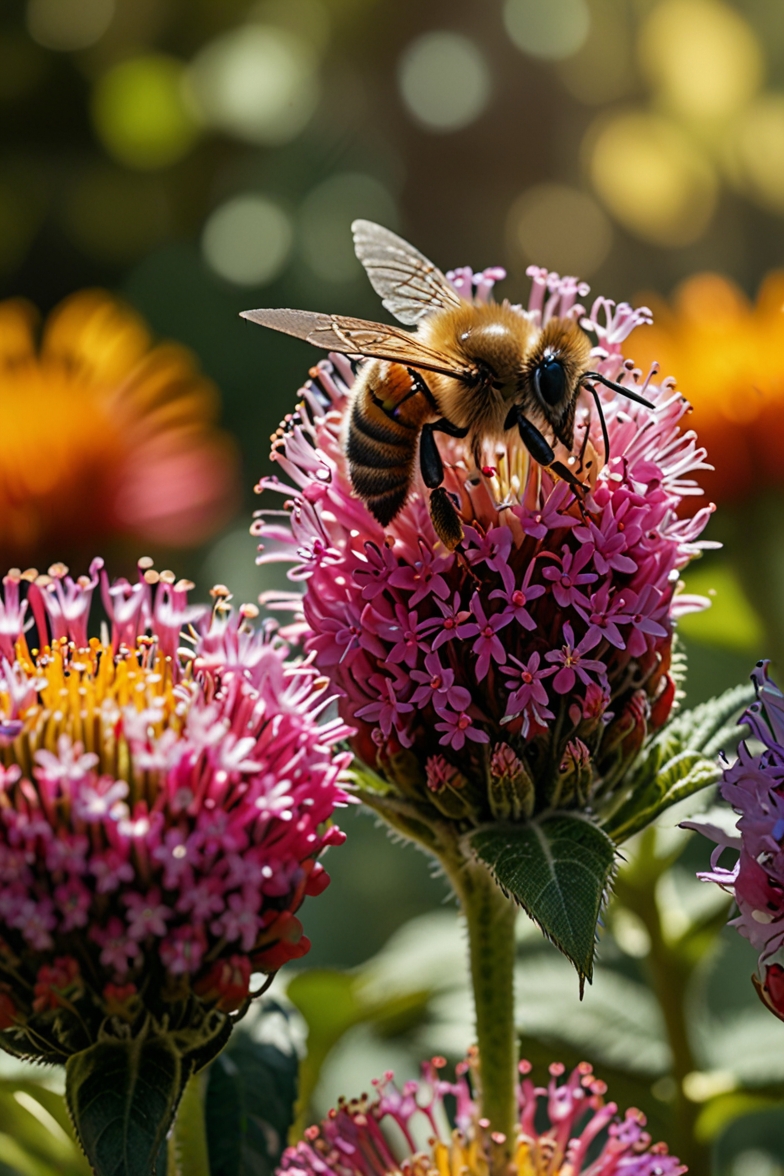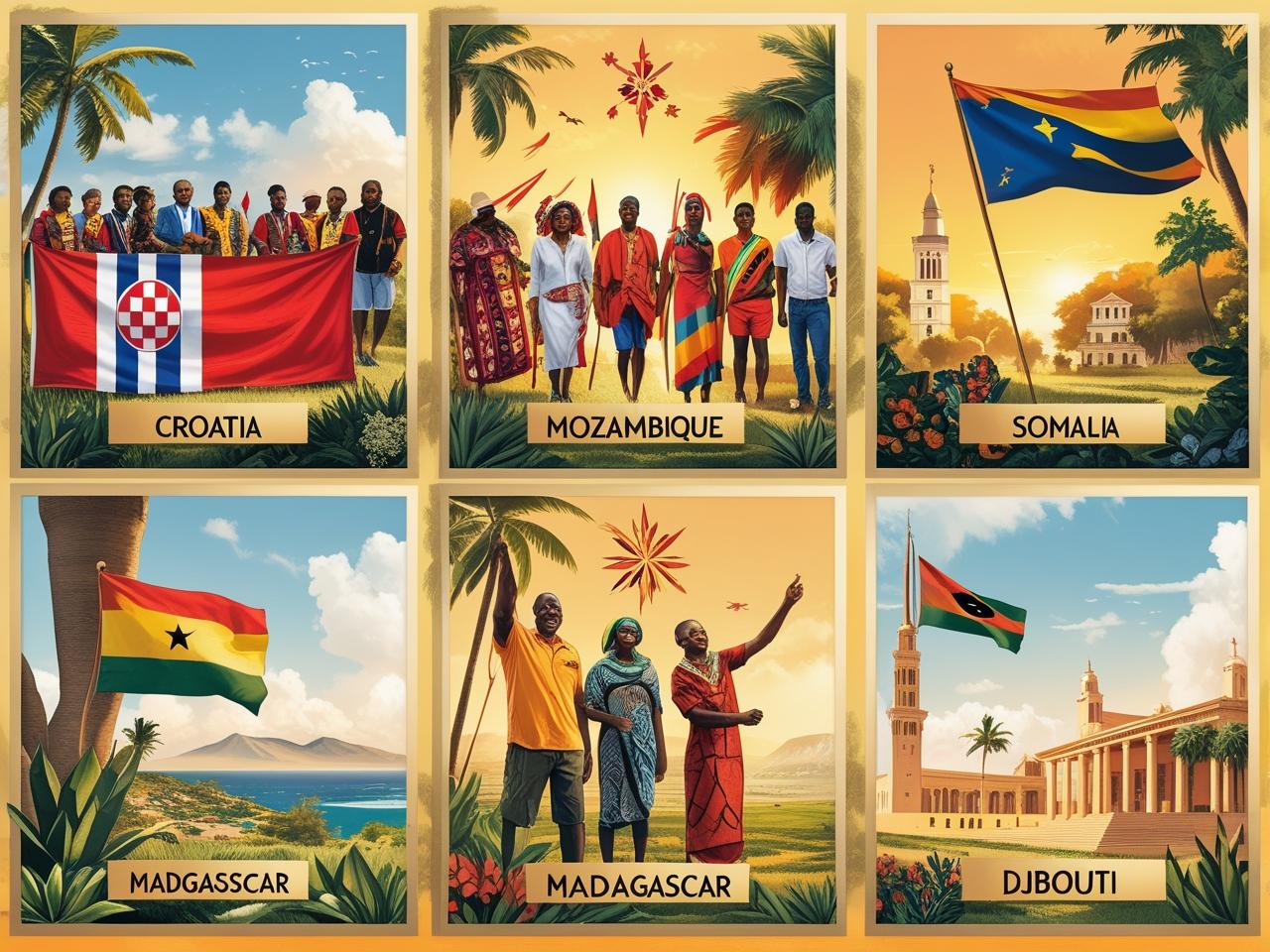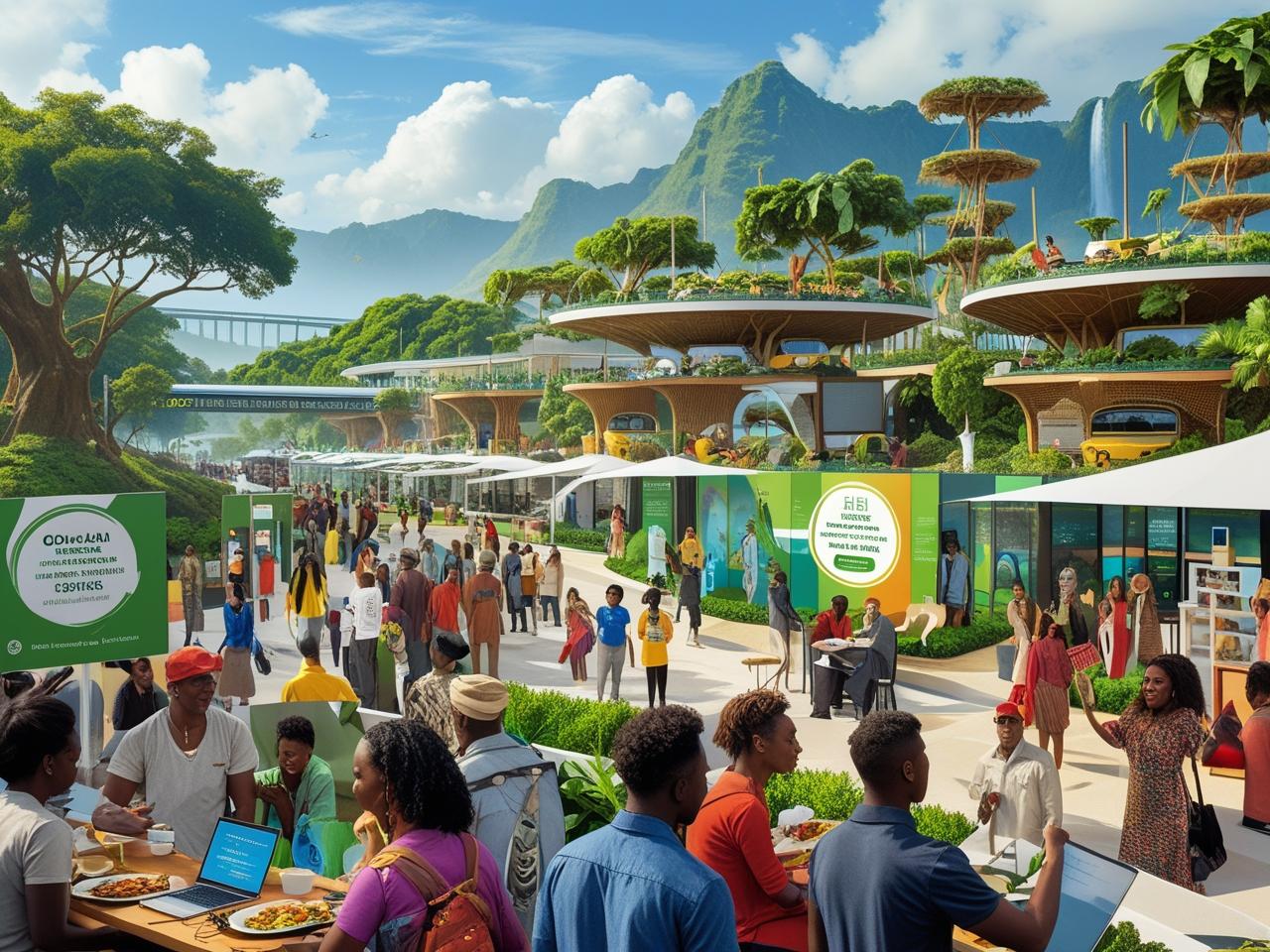
The week of September 21st is key for global sustainability initiatives. It matches the United Nations’ 2030 Sustainable Development Goals, while many events and observances during this week show our progress and challenges in reaching these goals.
As the world works together on sustainability, this week is a crucial time. It’s a moment for us to reflect and take action. It shows how important it is for governments, businesses, and civil society to work together for real change.
The Significance of September’s Global Observances
Global observances in September remind us of the ongoing efforts to meet the United Nations’ Sustainable Development Goals. These events highlight the need for sustainability and taking care of our environment. They align with the 2030 Sustainable Development Goals.

Alignment with United Nations 2030 Sustainable Development Goals
The global observances in September focus on the United Nations Sustainable Development Goals. They especially focus on climate action, life on land, and sustainable cities. These events aim to raise awareness and encourage action towards these goals.

Historical Context of September Environmental Awareness Events
September has always been a key month for environmental awareness. The growth of these events shows how global concern for the environment has increased over time.
Evolution of Global Sustainability Initiatives
Global sustainability efforts have grown a lot over the years. The table below shows important milestones in this growth.
| Year | Event | Significance |
|---|---|---|
| 2015 | Adoption of SDGs | Global commitment to sustainable development |
| 2020 | Climate Action Summit | Accelerating climate action |
| 2023 | Global Sustainability Forum | Promoting sustainable practices worldwide |
The importance of September’s global observances is in their power to drive action towards a sustainable future. They align with the United Nations 2030 Sustainable Development Goals.
Sustainable Development through Observances During the Week of Sept.21st

Global sustainability shines in the week of September 21st. This week is filled with observances that encourage eco-friendly actions. It includes international days focused on various aspects of sustainable development.
Overview of Key Sustainability Themes
The week of September 21st covers many sustainability topics. These include environmental conservation, sustainable transportation, and protecting biodiversity. World Car-Free Day, World Rhino Day, and Fall Equinox celebrations are just a few highlights.
Global Participation and Measurable Impact
People all over the world join in these observances. Their efforts make a real difference. Cities see less carbon emissions on car-free days and learn more about endangered species.
Role of International Organizations: UNEP, UNESCO, and UNDP
Groups like the United Nations Environment Programme (UNEP), the United Nations Educational, Scientific and Cultural Organization (UNESCO), and the United Nations Development Programme (UNDP) are key. They help countries by offering guidance, resources, and support.
| Organization | Role in Sustainability | Notable Initiatives |
|---|---|---|
| UNEP | Environmental conservation and climate change mitigation | Clean seas campaign, climate action |
| UNESCO | Promoting cultural heritage and sustainable development | World Heritage Sites, Education for Sustainable Development |
| UNDP | Supporting countries in achieving the SDGs | Sustainable Development Goals (SDGs) implementation, poverty reduction |
World Car-Free Day: Promoting Sustainable Transportation
World Car-Free Day is an annual event that shows the need for better transportation. It encourages cities to think differently about how they move people. This leads to healthier environments and better places to live.
Environmental Benefits of Reducing Vehicle Usage
Using fewer cars is good for the planet. It cuts down on air pollution and greenhouse gases. Cities that go car-free on certain days can make the air cleaner and improve health.
It also means less noise pollution. This makes cities nicer places to be.
Car-free Sunday Initiatives Across American Cities
Many American cities now have car-free Sundays. These days turn public spaces into fun places for people to gather. For example, New York and San Francisco have special car-free days.
These events help people see the value of using other ways to get around. It’s all about living more sustainably.
Urban Planning Innovations for Pedestrian-Friendly Communities
Good urban planning is key to making cities better for walkers. Cities are making paths wider and easier to use. They’re also using smart traffic systems and adding green spaces.
These changes make life better for people living there. They also help the environment.
| City | Car-Free Initiative | Impact |
|---|---|---|
| New York | Summer Streets | Closed roads for pedestrian and cyclist use |
| San Francisco | Civic Center Car-Free Day | Increased community engagement and reduced emissions |
| Chicago | Congress Parkway Car-Free Day | Promoted alternative transportation modes |
By starting car-free days and improving urban planning, cities can become better places. Leveraging World Car-Free Day is a big step towards making the world a greener place.
World Rhino Day: Conservation Efforts and Biodiversity

The observance, World Rhino Day reminds us of the fight to save rhinos. It’s a time to look at how rhinos are doing and what we’re doing to help them. We must think about their future and how we can protect it.
Current Status of Global Rhino Populations
Rhinos face big threats like poaching and losing their homes. Even with efforts to save them, some are very close to disappearing. The black rhino has seen some good news in some places, but they’re still in danger.
Conservation Status: The International Union for Conservation of Nature (IUCN) says many rhinos are in big trouble. This shows we need to keep working hard to save them.
Conservation Strategies and Challenges
There are many ways to help rhinos, like protecting their homes and stopping poachers. But, we face big challenges like not having enough money and the demand for rhino horn.
“The fight to save the rhino is far from over; it requires sustained commitment and innovative solutions,” said a leading conservationist.
Community-Based Conservation Programs and Success Stories
Community programs are key in saving rhinos. They involve local people in protecting rhinos and give them jobs. This helps both the rhinos and the people living nearby.
- Community-led conservation initiatives have shown significant success in reducing human-wildlife conflict.
- Ecotourism has become a vital source of income for communities living near rhino habitats, promoting the value of conservation.
World Rhino Day shows us that while there are still big challenges, we can make a difference. We can do this by working together and involving local communities in our efforts.
Fall Equinox: Traditional Ecological Knowledge and Sustainability
The Fall Equinox marks a balance between day and night. It’s a time to look at traditional ecological knowledge. This season has been important for many cultures, marking harvest and reflection.
Indigenous Perspectives on Seasonal Changes
Indigenous communities see the Fall Equinox as a key time. They prepare for winter and live in harmony with nature. They celebrate with rituals that honor the seasons and the harvest.
Sustainable Harvest Practices and Food Security
Sustainable harvests are key for food security as seasons change. Practices like crop rotation and organic farming are important. They keep soil healthy and reduce harm to the environment, ensuring food all year.
Celebrating the First Day of Autumn Through Eco-Friendly Activities
We can celebrate the Fall Equinox with eco-friendly activities. This includes community clean-ups and local harvest festivals.
By embracing the Fall Equinox and traditional ecological knowledge, we can work towards a sustainable future.
Cultural Celebrations and Sustainable Practices

Looking at September 21st, we see a mix of cultural celebrations. These events show us how to live sustainably. Each celebration has its own traditions and values that help us care for the planet.
Navratri and Eco-friendly Celebration Guidelines
Navratri is a big cultural event. To make it greener, people can use clay idols instead of plastic ones. They can also cut down on plastic and support dances that are good for the environment.
“By going green during Navratri, we honor the goddess and help our planet,” says an environmental activist.
Mabon and Sustainable Living Principles
Mabon is a celebration that focuses on balance. It makes us think about our use of resources. By living sustainably, we can lessen our impact on the earth and live in harmony with nature.

Bathukamma Starting Day: Traditional Ecological Wisdom
Bathukamma Starting Day celebrates nature’s beauty. It’s about arranging flowers in a special way. This shows us the importance of preserving nature.

Maharaja Agrasen Jayanti and Historical Sustainability Lessons
Maharaja Agrasen Jayanti honors a leader who promoted sustainability. This day teaches us about community, cooperation, and caring for the environment.
In summary, these celebrations add to our cultural richness and teach us about living sustainably. By following their values, we can create a greener future.
Independence Days and National Sustainability Initiatives
Nations around the world celebrate their independence in unique ways. Countries like Armenia, Belize, Malta, and Mali highlight their commitment to the environment. They focus on environmental stewardship and sustainable development.
Armenia’s Environmental Policies and Progress
Armenia has made big steps in protecting the environment since gaining independence. It has set policies to cut pollution, save biodiversity, and boost renewable energy. Armenia’s dedication to sustainability shows in its work on energy efficiency and sustainable farming.
Belize’s Marine Conservation Efforts
Belize is famous for its marine life and has been working hard to protect it. Its independence celebrations show its dedication to coral reefs and marine life. Belize’s green tourism helps protect its natural beauty.

Malta’s Sustainable Development Strategies
Malta leads in sustainable development in the Mediterranean. Its independence day shows its balance between economic growth and environmental care. Malta invests in clean energy and improves waste management.
Mali’s Environmental Challenges and Community Solutions
Mali faces big environmental problems like deforestation and desertification. But, it also has community-led solutions. Mali’s work on sustainable land use and conservation shows its commitment to solving these issues.
These countries’ independence days are more than celebrations. They highlight their dedication to a sustainable future. By making sustainability a key part of their plans, they inspire the world to care for the environment.
Business and Economic Dimensions of Sustainable Development

The world of business and sustainability is seeing big changes. Companies are finding new ways to make a positive impact. This is thanks to initiatives that aim to drive change.
American Business Women’s Day: Female Leadership in Sustainability
American Business Women’s Day celebrates women’s leadership in business. Women are playing a key role in making companies more sustainable. They are leading the way in environmental care and social responsibility.
For example, women-led companies are more likely to focus on sustainable supply chains. They also prioritize making eco-friendly products.
- Promoting diversity and inclusion
- Driving innovation in sustainable products
- Fostering community engagement
World Fair Trade Organization Practices
The World Fair Trade Organization works to promote fair trade worldwide. It helps ensure that trade is fair and supports the livelihoods of producers in developing countries. Fair trade certification pushes businesses to be transparent and ethical.
“Fair trade is not just about trade; it’s about creating a more just and equitable world.”
World Fair Trade Organization
Case Studies of Successful Green Businesses in the United States
In the United States, some green businesses are leading by example. Companies like Patagonia and Seventh Generation are making eco-friendly products. They show that being green and profitable can go together.
International Day for the Total Elimination of Nuclear Weapons
The International Day for the Total Elimination of Nuclear Weapons reminds us of nuclear weapons’ harm. It’s a day to act together for nuclear disarmament. Various of nations from developed to emerging and frontier observes this day every year.
Environmental Impact of Nuclear Weapons and Testing
Nuclear weapons and tests harm the environment a lot. They make soil, water, and air radioactive. This is bad for people now and in the future.
The damage from nuclear tests is huge. We need strong rules to stop these tests.
- Radioactive contamination of ecosystems
- Health risks due to radiation exposure
- Long-term environmental damage
Sustainable Security Frameworks for the Future
To live without nuclear weapons, we need sustainable security frameworks. These should focus on diplomacy and working together. We also need to use clean energy instead of nuclear power.
Community Advocacy for Nuclear Disarmament
Community efforts are key for nuclear disarmament. By spreading the word and getting people involved, we can push for disarmament. Important steps include:
- Teaching people about nuclear dangers
- Working with global groups to get the word out
- Supporting disarmament laws and agreements
Indigenous Perspectives on Environmental Stewardship

The world faces many environmental challenges. Indigenous knowledge systems offer a key to solving these problems. For a long time, indigenous communities have taken care of the land. They share special insights on how to balance human needs and protect the environment.
Observances and Celebrations
Celebrations like American Aboriginal Indian Day, Indigenous American Day, and Native American Day are very important. They remind us of the value of indigenous views on caring for the environment. These days honor Native American culture and their role in saving our planet.
Traditional Knowledge and Modern Conservation
Traditional knowledge is very valuable for today’s conservation efforts. Indigenous ways often mean living with nature, not against it. This way of thinking can help us use land better and protect wildlife.
Michigan Indian Day: Local Initiatives
Michigan Indian Day shows how local efforts can make a big difference. It mixes old traditions with new ideas about environmental justice. This highlights the power of community-led conservation and the role of indigenous peoples in making policies better.
Important parts of indigenous environmental care include:
- Holistic approaches to land management
- Traditional ecological knowledge
- Community-led conservation initiatives
By listening to indigenous views on caring for the environment, we can make conservation more inclusive and effective. This helps us all work together to protect our planet.
Wildlife Conservation Awareness Days

Awareness days for wildlife conservation are key in saving our planet. They focus on different species and why we must protect them. This helps us understand the importance of keeping our world diverse.
Save The Koala Day: Lessons for Global Species Protection
Save The Koala Day is on the third Wednesday of October. It sheds light on koalas’ struggles with habitat loss and climate change. It teaches us the importance of working by together to save not just koalas but all endangered animals.
Habitat preservation and community engagement are crucial. These methods can help protect many species worldwide.
Elephant Appreciation Day: Conservation Challenges
Elephant Appreciation Day celebrates elephants and their struggles. These include poaching and losing their homes. Efforts to save elephants include anti-poaching patrols, habitat restoration, and community-based programs.
These strategies can also help other large, famous animals.
Shamu the Whale Day: Marine Conservation Education
Shamu the Whale Day honors the orca whale and teaches us about marine conservation. It stresses the need for marine protected areas and responsible wildlife viewing. As
“The ocean is the lifeblood of our planet, and protecting it is crucial for the health of all species.”
Teaching people about marine conservation is essential. It helps protect orcas and other sea creatures.
Together, these days help us understand wildlife conservation better. They show us the need for ongoing efforts to save our planet’s biodiversity.

Conclusion: Integrating Sustainable Development into Daily Life
Reflecting on September 21st’s events shows us how vital it is to live sustainably. World Car-Free Day, World Rhino Day, and the Fall Equinox remind us of our connection to the planet. They highlight the need for caring for our environment, respecting cultures, and adopting green practices.
By choosing eco-friendly transport, protecting wildlife, and valuing traditional knowledge, we help our planet. Business and economic efforts, like American Business Women’s Day and Fair Trade practices, show us the value of fairness and inclusion in sustainability.
Let’s keep pushing for a sustainable lifestyle by building a culture that’s both local and global. This way, we can create a better, fairer world for everyone. Our goal is to meet the United Nations’ 2030 Sustainable Development Goals.

Key Takeaways
- September 21st week is crucial for global sustainability initiatives.
- Events during the week align with the UN’s 2030 Sustainable Development Goals.
- The period is marked by reflection and action on sustainability challenges.
- Collaboration among stakeholders is emphasized as a key driver of change.
- Progress and challenges in achieving SDGs are highlighted during the week.






